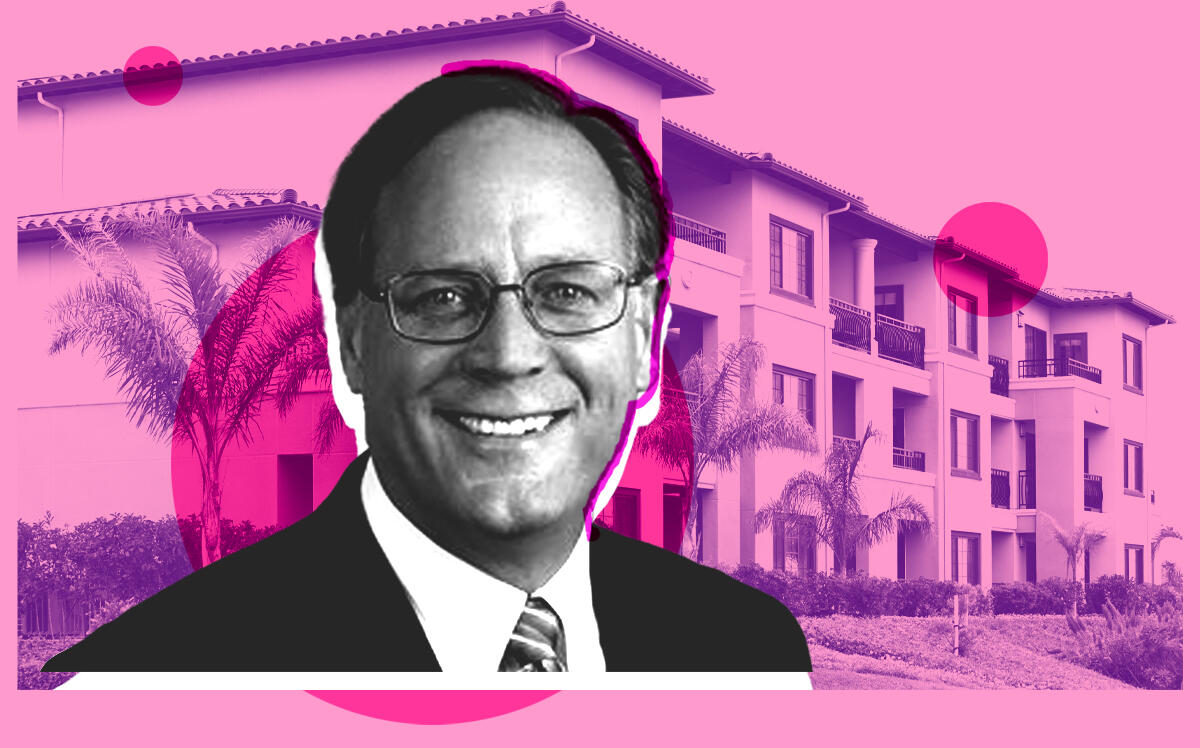 NYC overtakes San Francisco as most expensive city for renters: report
NYC overtakes San Francisco as most expensive city for renters: report
Trending
West Coast comeback pushes Essex rents 6.5% above pre-Covid levels
Firm expects still-depressed NorCal to lead growth in 2022

Rent reductions last year by Essex Property Trust, one of the largest apartment owners on the West Coast, are finally paying off.
Core funds from operations rose 8.6 percent to $210.6 million in the third quarter, or $3.12 per share, from the same period a year ago. That’s 8 cents more than the REIT expected in the previous three months, Michael Schall, the company’s president and CEO, said on an earnings call. Same-property revenue jumped by 2.7 percent from the same period last year as the firm cut concessions.
“As our markets recover, we are starting to see the benefits of this strategy flow through our financial results,” Angela Kleiman, the firm’s senior executive and chief operating officer, said on the call.
Net effective rents rose 6.5 percent from pre-Covid levels, up from a 1.5 percent increase in the second quarter and a reversal from the first quarter rents, when they fell 9 percent year-on-year.
Return-to-office trends in Seattle and Southern California and subsequent job growth in those markets drove up apartment demand, buoying rents. A report by Zumper this week showed that Seattle rents rose 14.3 percent compared with March of 2020 and increased 13.8 percent in Los Angeles.
Northern California remains the only underperformer in its portfolio, largely because back-to-work dates were pushed back among tech workers as Delta variant cases surged this summer, the firms said. While rents have surged nationwide, the price of a median one-bedroom in San Francisco hasn’t budged since July.
Still, Essex is betting Northern California will be its top-performing region in 2022.
Schall said Apple’s new 490,000-square-foot campus in north San Jose and its recent acquisition of five office buildings in Cupertino are evidence that future hiring trends will pull employees to the northern part of the state and rev up housing demand.
“Our confidence in the Bay Area recovery next year is partially driven by rental affordability following a year of solid income growth, lower effective rents and exceptional growth in single-family home prices,” Schall said.
Overall, the firm expects “the vast majority of the benefit from higher rent growth won’t be felt until 2022,” Shall said, specifying an average net effective rent growth projection of 7.7 percent. He said federal reimbursement for past-due rents through the emergency rental assistance program will further diminish delinquencies.
Delinquencies on a cash basis fell to 1.3 percent in the third quarter from 2.6 percent in the second quarter because of reimbursements, Barb Pak, the company’s executive vice president and chief financial officer, said on the call. The firm has received $11.6 million from tenant relief programs, $9.5 million of which came in the third quarter.
Moreover, when leases turn next year, Schall expects rents will rise even higher.
Read more
 NYC overtakes San Francisco as most expensive city for renters: report
NYC overtakes San Francisco as most expensive city for renters: report
 Essex Property’s tenant concessions help drive down Q3 earnings
Essex Property’s tenant concessions help drive down Q3 earnings




